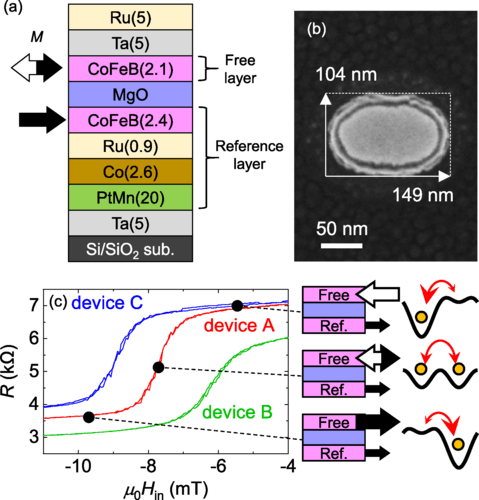Single nuclear spins in the solid state are a potential future platform for quantum computing, because they possess long coherence times and offer excellent controllability. Measurements can be performed via localized electrons, such as those in single atom dopants or crystal defects.
However, establishing long-range interactions between multiple dopants or defects is challenging. Conversely, in lithographically defined quantum dots, tunable interdot electron tunnelling allows direct coupling of electron spin-based qubits in neighbouring dots. Moreover, the compatibility with semiconductor fabrication techniques may allow for scaling to large numbers of qubits in the future.
Unfortunately, hyperfine interactions are typically too weak to address single nuclei. Here a team from Delft University of Technology and the University of New South Wales has showed that for electrons in silicon metal–oxide–semiconductor quantum dots the hyperfine interaction is sufficient to initialize, read out and control single Si nuclear spins.
This approach combines the long coherence times of nuclear spins with the flexibility and scalability of quantum dot systems. They demonstrated high-fidelity projective readout and control of the nuclear spin qubit, as well as entanglement between the nuclear and electron spins. Crucially, they found that both the nuclear spin and electron spin retain their coherence while moving the electron between quantum dots. Hence they envision long-range nuclear–nuclear entanglement via electron shuttling.
These results establish nuclear spins in quantum dots as a powerful new resource for quantum processing.
The paper has been published in Nature Nanotechnology.



